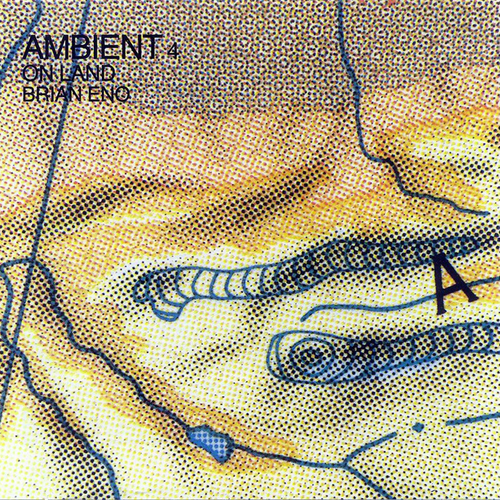8. Brian EnoAmbient 4: On Land

Eno had already moved on from what his original concept of what ambient music was when he recorded On Land. He wanted to use a lot more non-traditional sound on this record. He wanted to use tape recordings from different environments, borrowing quite heavily from the concept of musique concrète by using artefacts that weren’t necessarily built to be musical or aren’t intrinsically musical themselves and recording them. So he had chains and stones, creating all these textures which weren’t ever intended with a musical design. From what I’ve read, he had all these disparate sounds from all over the place from different recordings and he decided to compile them. With Eno, I love the fact that after Roxy Music he just went further and further into experimentalism and he just stretched himself as an artist when a lot of people were starting to give up on him because he wasn’t making Here Come The Warm Jets or Taking Tiger Mountain (By Strategy) over and over. For the people that stayed with him they realised that he was one of these sonic explorers. He got so involved in the concept of the studio as an instrument in itself. If Eno has influenced me directly it’s directly from this studio as an instrument direction. The only thing that holds you back is your imagination. With Daniel Lanois’ production, there is a nature to these sounds that are not normally considered to be musical, but you can’t help but get drawn into it when you put it on. The evocative nature of it means that it doesn’t matter where you are, even if you happen to be in your front room or on a train, put it on headphones and it becomes something else; a life in itself.


